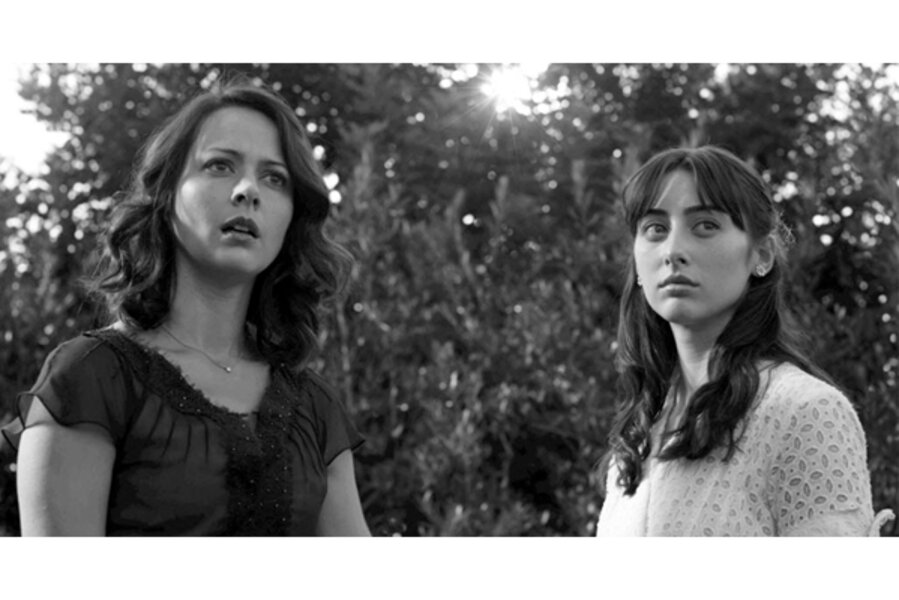'Much Ado' is a legitimately entertaining Shakespeare adaptation
Much ado is being made over the fact that Joss Whedon directed his modern-dress Shakespeare adaptation “Much Ado About Nothing” while taking a 12-day break from postproduction on “The Avengers.” But why should this be so surprising? As superhero franchise palate cleansers go, you can’t do much better than the Bard. Besides, there’s plenty of avenging going on in “Much Ado,” minus the CGI, of course, and with a bit better dialogue.
I enjoyed Whedon’s film both as a species of stunt and also as a legitimately entertaining entry in the voluminous Shakespeare adaptation sweepstakes. It’s very different from Kenneth Branagh’s sun-splashed 1993 version, set in a villa in Tuscany and starring Branagh and his then-wife Emma Thompson as the contentious Benedick and Beatrice, who dislike each other so intensely that it’s obvious they will fall in love.
Whedon has mostly cast his movie with actors familiar from his movies and TV series, including Alexis Denisof (“Buffy the Vampire Slayer”) and Amy Acker (“Angel”) as Benedick and Beatrice, Fran Kranz (“Dollhouse”) and Jillian Morgese (a Whedon newcomer) as the dewy lovers Claudio and Hero, and Nathan Fillion (“Firefly,” “Buffy”) and Tom Lenk (“Buffy”) as the bumbling constable Dogberry and his loyal sidekick Verges. John Ford had his stock company. Why not Whedon?
Shot in black and white in Whedon’s sprawling Spanish-style manse in Santa Monica, Calif., the film seems, quite literally, homey. (To make matters even homier, the house was designed by Kai Cole, Whedon’s wife and one of the film’s producers.) The black-and-whiteness allows us to focus on the characters and the language without the vibrant distractions of a color palette.
This is a mixed blessing. Olivier’s “Hamlet” and “Richard III” this is not. The actors, while sportive and surprisingly adept at making iambic pentameter seem as form-fitting as plain old (olde?) American lingo, are not exactly going to be giving the Royal Shakespeare Company any sleepless nights. It’s beyond need of proof, of course, that American actors can perform Shakespeare on a level with the Brits. Still, there is nothing here that would have given, say, the Brando of “Julius Caesar” any sleepless nights, either.
But Whedon does respect the play, and its language. This is no small achievement. Too many Shakespeare redos are plagued by an overarching “concept” that all too often wrecks whatever pleasures we might have taken from the play. Prime example: Baz Luhrmann’s “Romeo + Juliet,” which did to Shakespeare what his “The Great Gatsby” would do to F. Scott Fitzgerald. (Can no one keep this man away from the classics?)
Whedon was smart to choose “Much Ado” as his maiden Shakespearean voyage. With its merry wit, interlocking love stories, and broad slapstick, it offers up a template for his own sprightly gifts. Plus it has the advantage of essentially being set in a single locale – no raging heaths, no battles (except domestic ones).
This is one movie in which the actors look as if they’re having a good time and, for a change, we are, too. I imagine Shakespeare would have been pleased. Of course, if he were writing today, he’d no doubt be writing for the movies. He might have even taken up “The Avengers II.” Grade: B+ (Rated PG-13 for some sexuality and brief drug use.)





